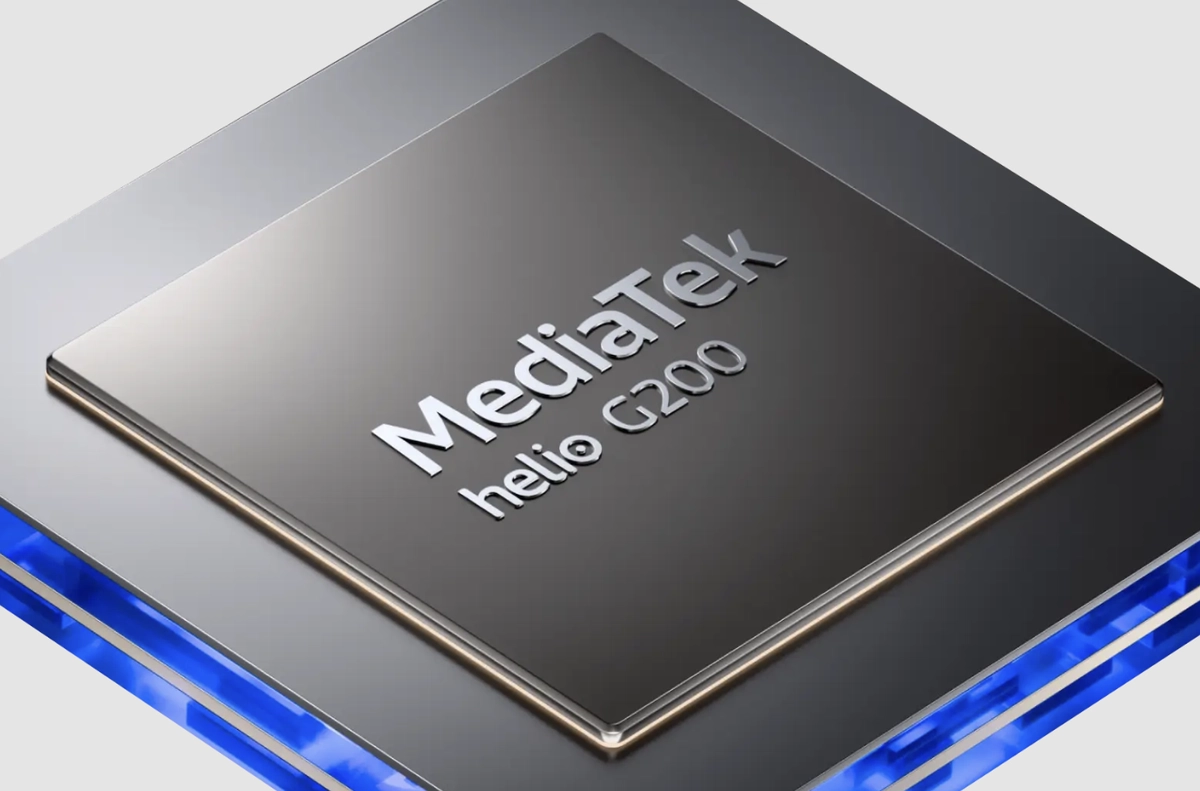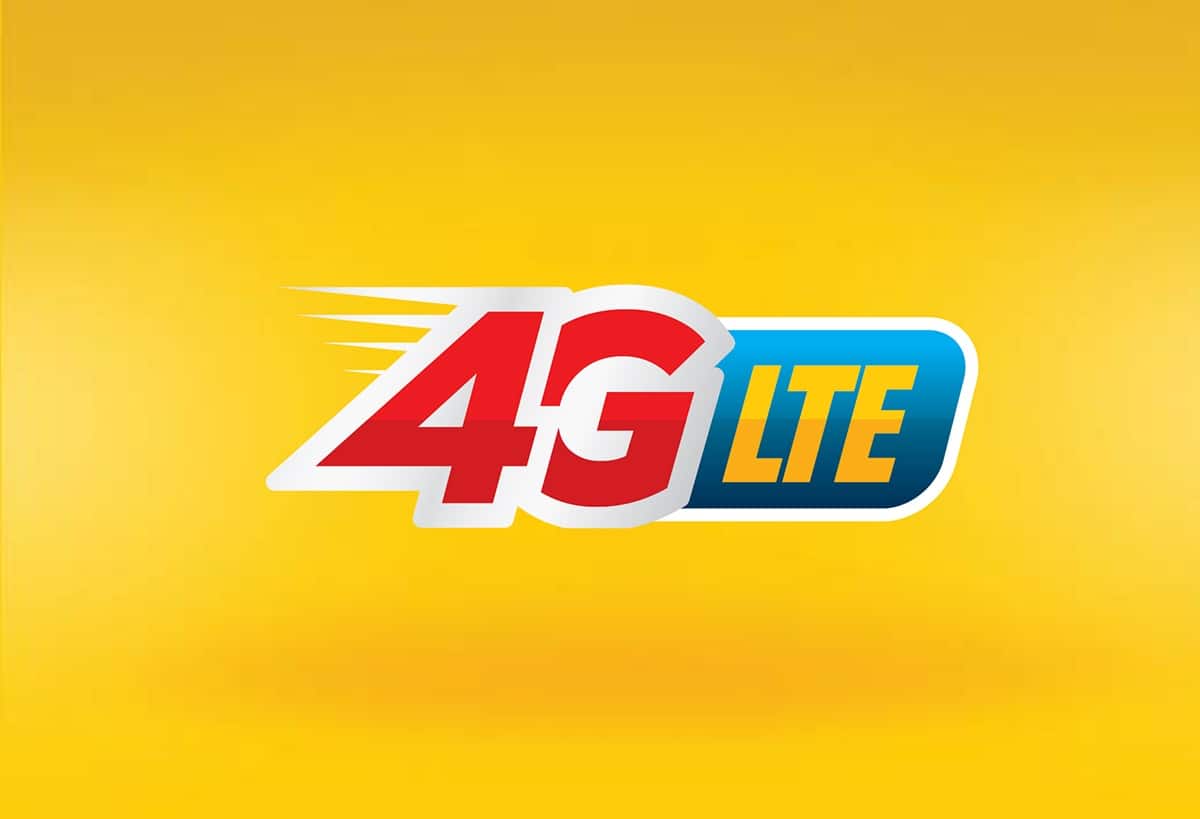4 Differences Between MediaTek Helio G99 and G200
MediaTek Helio G99 was launched in May 2022 and is commonly used in mid-range and budget gaming phones. Later, MediaTek introduced the G100 series, and in 2025, the Helio G200 came out as its successor.
Because they are part of the same series, it’s no surprise that the Helio G99 and G200 share many similar features. Both are made using a 6nm process and have an octa-core CPU with 2 Cortex-A76 cores and 6 Cortex-A55 cores.
Even though the two chips look similar, the Helio G200 brings a few key improvements. Let’s take a look at the main upgrades below.
1. GPU

Both the Helio G99 and G200 use the Arm Mali-G57 MC2 GPU. This GPU has two graphics cores and is based on the first-generation Valhall architecture. The biggest difference lies in the clock speed. The GPU in the Helio G99 runs up to 1.0 GHz, while the G200 is slightly faster at 1.1 GHz.
This makes the G200's GPU about 10% faster than the one in the G99. In real use, this higher clock speed gives the G200 slightly better graphics performance. This can be seen from its higher GPU benchmark scores.
Still, since both GPUs use the same basic architecture (Mali-G57 MP2), the difference in daily use may not be very noticeable.
2. Camera Resolution

Helio G99 supports main camera sensors up to 108 MP. It can also work with dual-camera setups, such as 16 MP + 16 MP. This chipset has a 3-channel image signal processor (ISP) that allows fast image processing. It also supports features like Zero Shutter Lag (ZSL) that can help create better bokeh effects when using two cameras.
On the other hand, the Helio G200 brings better camera support. It can handle sensors up to 200 MP using 12-bit DCG technology. It also has a triple ISP setup, AI-based noise reduction, and a hardware depth engine that helps improve bokeh photos.
Because of these upgrades, the G200 can produce more detailed photos with better overall image quality. This is possible through higher resolution and improved AI-powered image processing.
3. HDR Video Support
For video playback, both chipsets can handle popular video formats like H.264, H.265 (HEVC), and VP9, with playback support up to 2K at 30 frames per second.
However, the Helio G200 adds support for HDR video recording. This feature is not available on the G99. MediaTek says that the G200 supports 12-bit HDR video recording with the help of DCG technology. It can record HDR videos at resolutions up to 2K and at 1080p with 60 frames per second.
Meanwhile, the Helio G99 only supports regular video recording, without HDR, up to 2K at 30 fps.
4. 4G DC SAR Technology

Both the Helio G99 and G200 include Cat-13 4G LTE modems. They also support Dual 4G VoLTE (DSDS), which allows both SIM cards to stay active at the same time.
The key difference is that the G200 comes with 4G DC SAR (Dual Connectivity Specific Absorption Rate) technology. This feature combines two 4G connections to improve signal strength, especially in areas where the signal is weak.
MediaTek says that DCSAR helps increase data speed, lowers latency by up to 30%, and expands 4G coverage by up to 83% compared to a single 4G line.
So, those are the main differences between the Helio G99 and G200. In short, the G200 is a small upgrade from the G99. It has a slightly faster GPU, better camera and video features, and improved 4G performance with the help of DCSAR.
